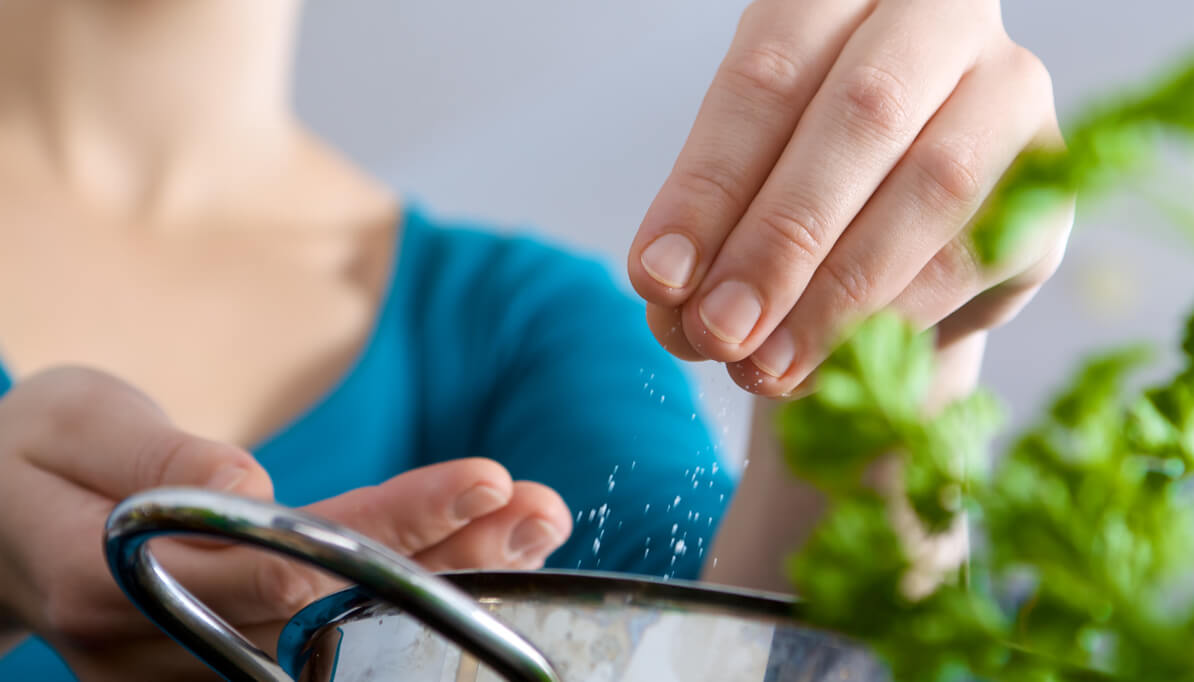The Dangers of Too Much Sodium
 Sodium (salt) intake in adults and children is much higher than it should be due to processed foods and preservatives used to prolong shelf life. A normal blood pressure reading is 120/80, yet as many as six in ten people with high blood pressure can blame sodium in their diet as the cause. Too much sodium in the diet takes a toll on the human body and may cause diseases to happen faster.
Sodium (salt) intake in adults and children is much higher than it should be due to processed foods and preservatives used to prolong shelf life. A normal blood pressure reading is 120/80, yet as many as six in ten people with high blood pressure can blame sodium in their diet as the cause. Too much sodium in the diet takes a toll on the human body and may cause diseases to happen faster.
There is no recommended dietary allowance (RDA) for sodium because our diets are normally sufficient in supply. The average American consumes 4,000 mg/day.
In January 2010, the American Heart Association recommended a daily limit of 1,500 mg/day of sodium for people of all ages.
Diseases That May Be Associated With Too Much Sodium
- Hypertension (high blood pressure)
- Congestive heart failure
- Stroke
- Gastric ulcers
- Stomach cancer
- Osteoporosis
- Cataracts
- Migraines
Foods With High Sodium Content
- Soda – 45mg/12-ounce can
- Prepared tomato products (ketchup, sauces, drinks) – 1,100 mg/tbsp
- Salad dressings (especially Italian) – 300-500 mg/2 tbsp
- Hot dogs – up to 780 mg/each
- Pickle relish – 227 mg/ounce
- Chicken – 150-300 mg/piece (many raw chicken products are soaked in a solution, usually a salt water marinade for flavor and moistness)
- Baked beans – 1,100 mg/cup
- Potato and macaroni salads – 500-600 mg/cup
- Sausages – up to 780 mg/each
- Cheese – 200 mg/slice
- "Low Fat" dressings – 150-200 mg/tbsp
- Cured meats (like bacon or salami) – 200-300 mg/slice
View our infographic on hidden sodium and allergens in BBQ food.
Get healthy recipes to prepare for yourself and your family that are approved by our Clinical Nutrition Services department.
This information has been reviewed and approved by Brett Fenster, MD (June 2013).